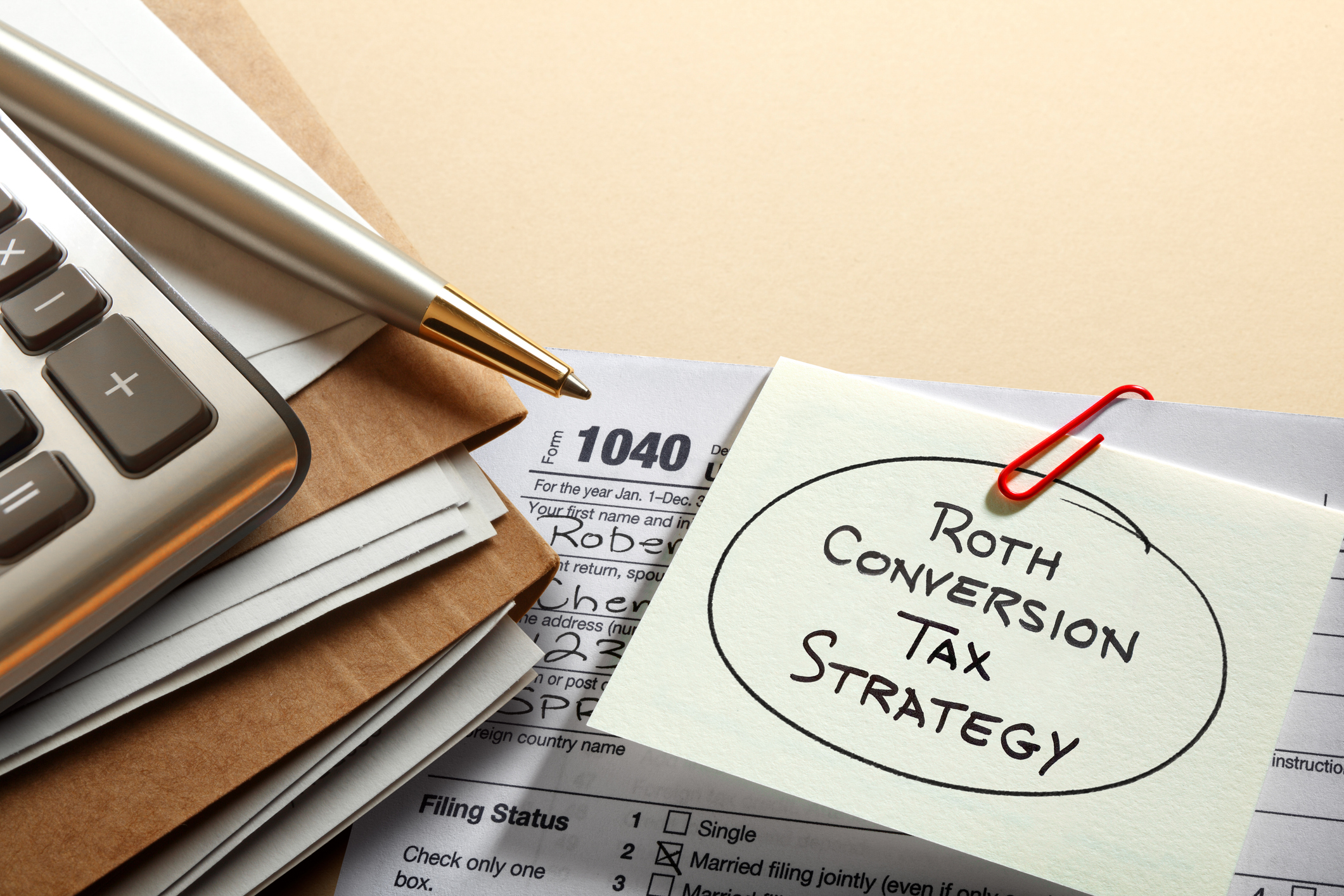The Investing Strategies I Teach Young Mothers
These simple investing strategies were developed to help single mothers, but they'll help all young people build a decent nest egg.


As part of a life-skills program for young, single mothers, I was asked to teach a class on how to get on top of your finances. I distilled my advice into a series of tips, tricks and hacks that would help all young people take control of their spending and saving. This month, I’d like to close the loop with my best strategies for novice investors.
First, some caveats. Before you even think about investing in the stock market, take stock of your overall finances. For starters, you should seed an emergency fund that will eventually cover at least three to six months’ worth of your expenses. Stash that money in a safe place, such as a bank account or money market fund, where you can get your hands on it in a hurry if necessary. The same goes for money you’re saving for short-term goals, such as next year’s vacation or a down payment on a house. You don’t want to risk money that you’re going to need in fewer than five years.
And getting rid of high-interest-rate debt should be a top priority. Paying off the balance on a credit card that charges you, say, 20% is the equivalent of earning 20% on your money.
From just $107.88 $24.99 for Kiplinger Personal Finance
Be a smarter, better informed investor.

Sign up for Kiplinger’s Free Newsletters
Profit and prosper with the best of expert advice on investing, taxes, retirement, personal finance and more - straight to your e-mail.
Profit and prosper with the best of expert advice - straight to your e-mail.
But for longer-term goals — notably retirement — the stock market is the place to be. And the younger you are, the more you should tilt toward stocks to take advantage of your greatest asset: time. The time-tested route to investing success is to follow these four steps: Start soon, start small, invest steadily and keep it simple.
Investing strategies part 1: Workplace retirement plans
Start with your workplace retirement plan, such as a 401(k), which gives you a triple leg up on investing. First, you can take advantage of automatic enrollment, which allows your employer to deduct money from your paycheck before you even see it and before it has a chance to burn a hole in your pocket.
Second, if your employer matches your contribution, that’s free money that you don’t have to come up with yourself.
Third, you can adjust your contribution to an amount you can afford. You should try to contribute enough to capture the full free-money match, but you can always start with less — especially if you are paying off debt or saving for a short-term goal — and increase the amount over time. Don’t be afraid to start small, even if it’s $50 or $100 per month.
Finally, once you get into the automatic-savings habit, you can invest steadily over time without even thinking about it. (Note: If you don’t have a workplace retirement plan, you can accomplish the same goals by opening an IRA.)
Investing strategies part 2: Spreading the risk
Not only does your retirement plan make it easy to set up an investment program, it also simplifies the investments themselves. The best strategy for novice investors is to spread your risk by owning shares in the entire U.S. stock market, which also gives you a shot at the market’s historical 10% annual return. You can do that by investing in an index fund, such as Vanguard Total Stock Market Index Fund (VTSMX).
In a retirement account, you will probably also have access to a target-date retirement fund, which automatically allocates your money to the appropriate mix of investments based on your age and years until retirement.
Once you have a broad market base, you can, if you wish, use a portion of your money to branch out into other investments or open an account outside your retirement plan. In any case, don’t get carried away by the latest market trend, fad or cause, whether cryptocurrency, artificial intelligence or any other investment du jour. Your ultimate goal should be to provide for your own financial security, which gives you the luxury of using your money however you choose.
Note: This item first appeared in Kiplinger Personal Finance Magazine, a monthly, trustworthy source of advice and guidance. Subscribe to help you make more money and keep more of the money you make here.
Related content
Profit and prosper with the best of Kiplinger's advice on investing, taxes, retirement, personal finance and much more. Delivered daily. Enter your email in the box and click Sign Me Up.

Janet Bodnar is editor-at-large of Kiplinger's Personal Finance, a position she assumed after retiring as editor of the magazine after eight years at the helm. She is a nationally recognized expert on the subjects of women and money, children's and family finances, and financial literacy. She is the author of two books, Money Smart Women and Raising Money Smart Kids. As editor-at-large, she writes two popular columns for Kiplinger, "Money Smart Women" and "Living in Retirement." Bodnar is a graduate of St. Bonaventure University and is a member of its Board of Trustees. She received her master's degree from Columbia University, where she was also a Knight-Bagehot Fellow in Business and Economics Journalism.
-
 I Need to Free Up $1,000 in My Monthly Budget, and I've Already Given Up Starbucks and Dining Out. What Else Can I Do?
I Need to Free Up $1,000 in My Monthly Budget, and I've Already Given Up Starbucks and Dining Out. What Else Can I Do?Here are some creative ways to save up to $1,000 a month, even if you feel like you've already made all of the obvious cuts.
-
 Steps to Get You Through the Open Enrollment Jungle at Work
Steps to Get You Through the Open Enrollment Jungle at WorkWondering how to survive open enrollment this year? Arm yourself with these tools to cut through the process and get the best workplace benefits for you.
-
 What You Learn Becoming Your Mother's Financial Caregiver
What You Learn Becoming Your Mother's Financial CaregiverWriter and certified financial planner Beth Pinsker talks to Kiplinger about caring for her mother and her new book.
-
 Four Military Benefits That Have Helped My Family
Four Military Benefits That Have Helped My FamilyMilitary life can be challenging for servicemembers and their families, but they're offered some significant financial benefits to help cushion the blow.
-
 Five Estate Planning Pitfalls and How to Avoid Them
Five Estate Planning Pitfalls and How to Avoid ThemFrom procrastination to AI, these five estate planning pitfalls could mean your heirs are left with bureaucratic hassles — or a reduced inheritance.
-
 Deciding on Senior Living? 10 Things You Should Know
Deciding on Senior Living? 10 Things You Should KnowSenior living options are no longer God's waiting room.
-
 Child-Free Cruises Perfect For Your Retirement Celebration
Child-Free Cruises Perfect For Your Retirement CelebrationHow to find a bespoke ocean or river vacation for adults. Many of these options are smaller, charming river cruises, expeditions, or niche experiences.
-
 Eight Factors to Consider When Considering a Roth Conversion
Eight Factors to Consider When Considering a Roth ConversionRoth conversions, which transform traditional IRAs into Roth IRAs, are a powerful retirement and tax tool. Here are eight facts to get you started.
-
 What to Do About These Three Medicare Changes During Open Enrollment
What to Do About These Three Medicare Changes During Open EnrollmentWith costs due to rise sharply next year, look for coverage that protects your wallet as well as your health.
-
 6 Steps to Protect Your Retirement Savings
6 Steps to Protect Your Retirement SavingsDon't let a shaky economy and volatile market derail your retirement. These moves will help ensure your money lasts as long as you do.